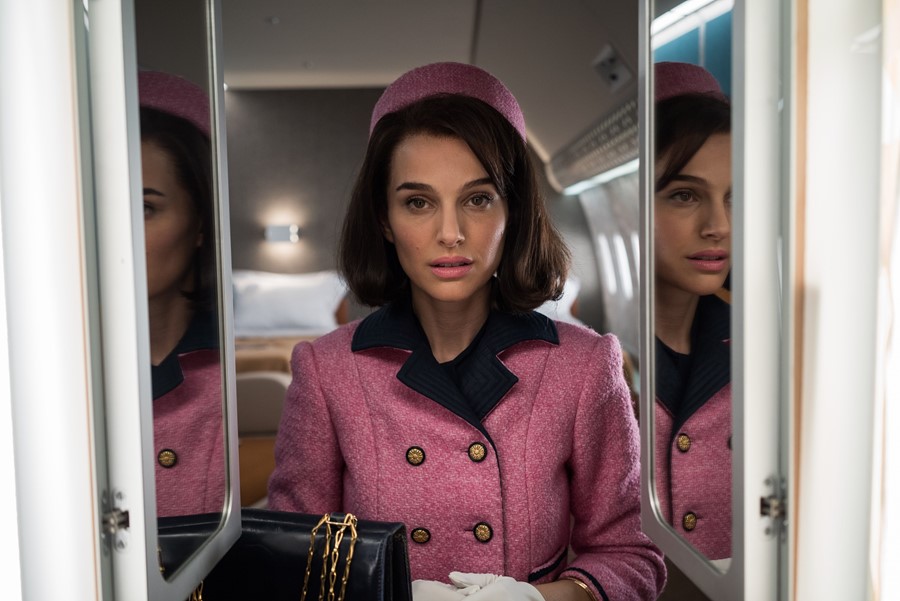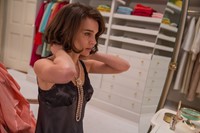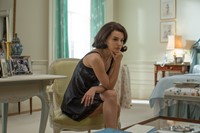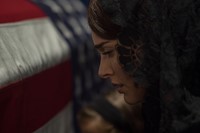As Pablo Larraín’s biopic about the ill-fated First Lady arrives on UK screens, Madeline Fontaine discusses recreating Kennedy’s iconic look, and making a political fashion statement
When Jackie Kennedy accompanied her newly inaugurated husband, John F. Kennedy, into the White House – almost 56 years ago to this day – the 31-year-old New Yorker set a new precedent for First Ladies. Shrewd, well-educated and possessed of a discerning eye for style, she embraced her role as a means of invoking positive changes that reflected her husband’s political ideas. This extended from her redecoration of the White House, which included the replacement of mock period pieces with real antiques to re-establish a sense of heritage, through her patronage of the arts and her own, thoroughly chic wardrobe choices, which set the tone for many of the 60s most glamorous trends. “Jackie was very concerned about the image she portrayed of JFK’s government,” explains Madeline Fontaine, the costume designer behind Jackie, Chilean director Pablo Larrain’s acclaimed biopic of the fated First Lady, starring an Oscar-tipped Natalie Portman. “The elegance she showed in every situation, even while relaxing on holiday, proves this: she was never captured by surprise not looking perfect.”
And Fontaine should know, having spent hours poring over footage of Kennedy in order to recreate her distinctive look for the film, which hones in on Jackie in the week following JFK’s assassination in November 1963. While such an epic task would prove daunting for most, the French designer, who is also the woman behind the costumes for Jalil Lespert’s recent Yves Saint Laurent biopic, as well as Jean-Pierre Jeunet’s beloved masterpiece Amélie, couldn’t wait to get started. “It was an exciting challenge,” she remembers. “We knew we’d have to come as close as possible to the collective memory of Jackie established over the course of those days, which were so well documented by the media, but it was also very important to get the emotion just right; to help Natalie on her way to becoming Jackie.”
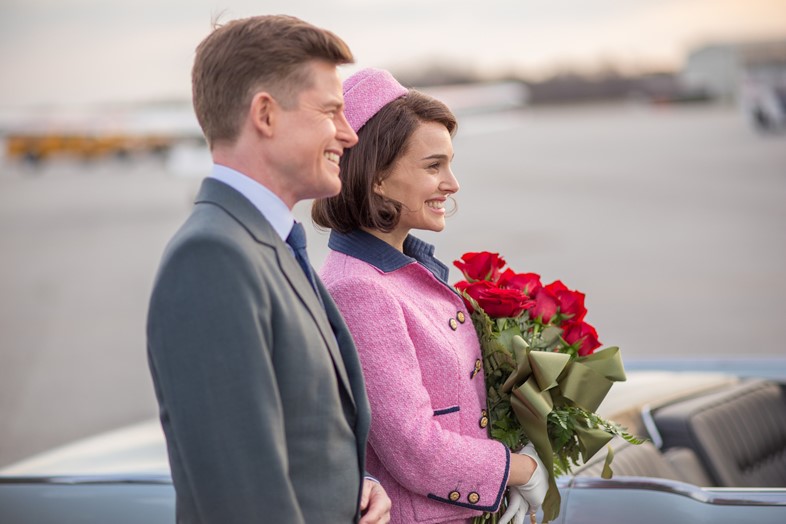
What struck her most about the First Lady’s sartorial choices was their continental overtones. “You can really feel the years she spent in Europe,” she says, “and especially in Paris, in her references of fashion and elegance.” This is translated to many of the film’s looks, from the scarlet, woollen Dior dress that Kennedy wore to give her famous 1963 television tour of the White House (an event painstakingly recreated by Larraín and interspersed with real footage to incredibly authentic effect) to the understated cream jumper and black A-line skirt she wore during her famous interview with Life Magazine journalist Theodore H. White following JFK’s death – the film’s narrative focal point.
Of course, from Fontaine’s point of view, the most important outfit to get just right was the iconic pink Chanel suit, which the First Lady wore both during and after her husband’s murder (her refusal to change out of the blood-spattered clothes made a profound statement: she wanted to show the world, by the most explicit means available to her, the brutality that JFK had suffered). To authentically reimagine the ensemble – which like all the costumes was hand-sewn in her workshop in France – Fontaine and her team spent hours testing dyes, speaking with Chanel to track down the original buttons and label, and stitching five identical suits – shooting an assassination scene is a messy affair. Incidentally, it was this costume that Fontaine felt packed the most emotional punch, helping Portman to connect with Kennedy’s character: “That was the test, and it was really convincing.”
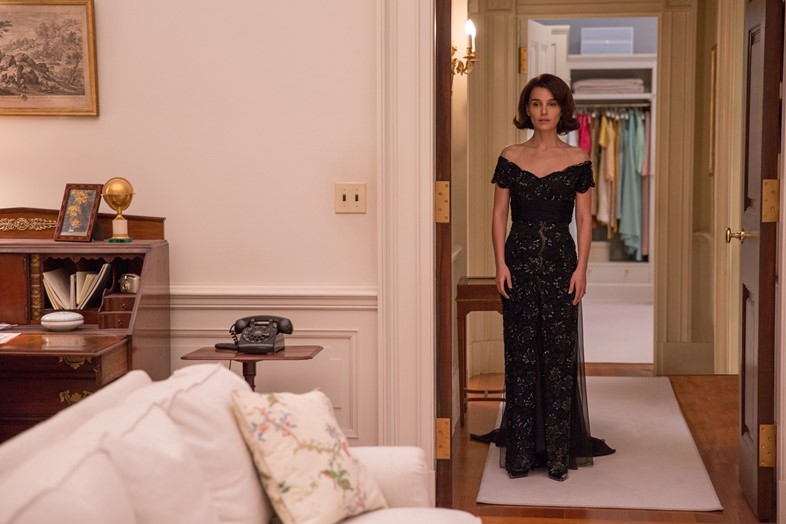
And it’s true, Portman’s performance is pitch perfect – her voice, her mannerisms and her stubborn vitality painting a vivid, and extraordinarily credible portrait of Kennedy, both publically and behind closed doors. The costumes, and indeed the sumptuous set design by Jean Rabasse, play a vital supporting role. Larraín was determined to tell the film’s story entirely from the First Lady’s perspective, insisting on a complete set that could be shot in 360 degrees so that the camera could follow Portman freely and precisely, getting right inside her head. Fontaine worked closely with Rabasse and cinematographer Stéphane Fontaine to achieve the film’s distinct aesthetic – for the interior shots of the White House, the director of photography felt that the palette should be softer and more pastely, creating a “nest” in which the family could hide. Whereas the outside world, so hungry for a glimpse of the First Family in the wake of tragedy, is saturated and glaring.
Perhaps the most visually delectable of all the scenes is a flashback to a concert by revered cellist Pablo Casals that Mrs Kennedy hosted at the White House. This was one of many of the aforementioned gestures she made as First Lady to create a presidential home that spoke at once of America’s heritage and a commitment to the arts, and this scene shows her in her element, Portman dazzling in a high-necked, pistachio-green silk gown, accompanied by long white gloves and pendant pearl earrings. “This was only costume we took the liberty to design ourselves, taking inspiration from Jackie’s wardrobe,” Fontaine explains. “I love the colour, and we tried to serve the purest lines of the dresses she liked, often designed by Oleg Cassini.”
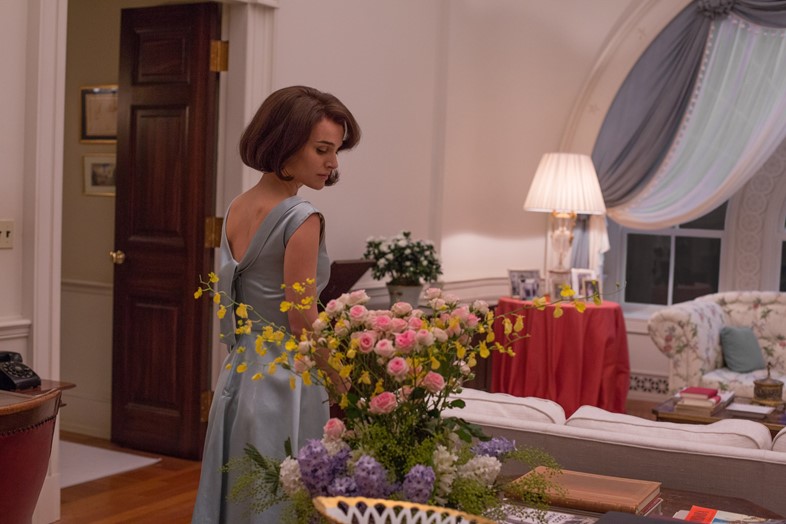
Upon pondering Kennedy’s inimitable good taste and memorable achievements during her time in the White House, it is too tempting not to ask Fontaine how she believes Melania Trump should represent herself during her husband’s reign. “This is not my job, it does not interest me – unless you give me the opportunity to do it in a fiction film,” she replies with delightful candour. “But how you represent yourself is very important to achieve credibility, and Jackie is the ultimate reference for an elegance that goes beyond fashion.”
Jackie is in cinemas nationwide.
